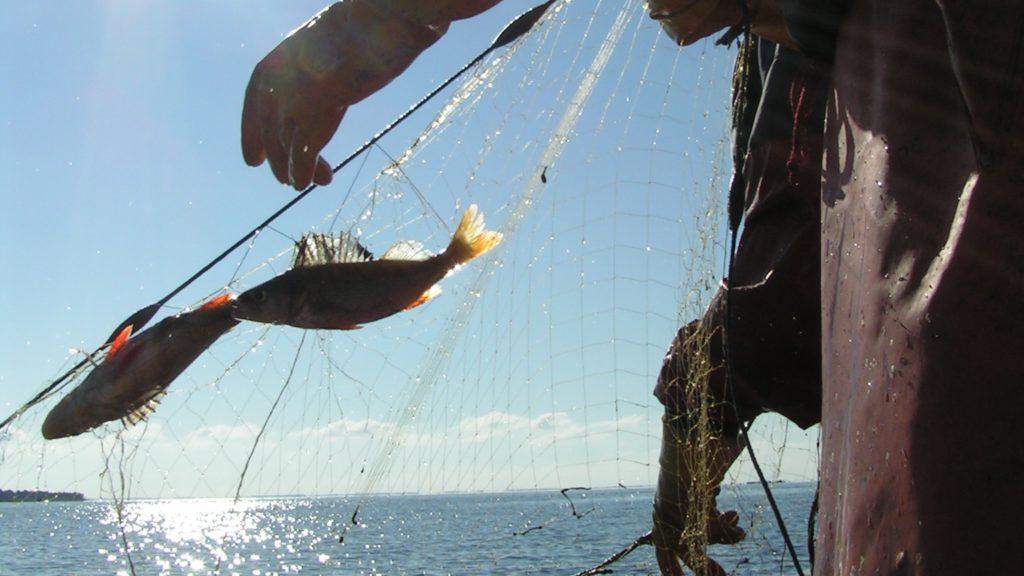Fisheries Today
Fisheries of Baltic marine fish stocks
Cod, herring and sprat are the major marine fish species of high commercial value in the Baltic Sea. Also flatfish species like flounder and plaice are utilized especially in the southern part of the Baltic Sea. About 90% of the total fish catch consists of herring, sprat, cod and flounder. The share of the Baltic landings by each country and main species in 2006 is given in the table below.
| Sprat | Herring | Cod | Flounder | Other | ICES 22-28 Southern Baltic | ICES 29-32 Northern Baltic | Total | |
| Sweden | 97,584 | 53,166 | 12,25 | 169 | 2,767 | 144,415 | 21,523 | 165,94 |
| Finland | 19,02 | 79,955 | 673 | 99 | 10,04 | 8,474 | 101,306 | 109,78 |
| Poland | 55,89 | 20,544 | 15,08 | 9,428 | 3,686 | 104,628 | 0 | 104,63 |
| Latvia | 54,638 | 21,762 | 4,567 | 1,163 | 631 | 82,465 | 296 | 82,761 |
| Denmark | 42,323 | 6,989 | 21,43 | 2,839 | 4,573 | 76,53 | 1,619 | 78,149 |
| Estonia | 46,689 | 23,192 | 703 | 352 | 2,104 | 21,778 | 51,262 | 73,04 |
| Germany | 30,779 | 26,206 | 9,558 | 1,017 | 4,4 | 68,258 | 3,707 | 71,96 |
| Russia | 28,324 | 9,78 | 3,747 | 1,237 | 4,271 | 43,702 | 3,657 | 47,359 |
| Lithuania | 10,814 | 1,172 | 3,301 | 376 | 158 | – | 15,821 | 15,821 |
| Total | 386,06 | 242,77 | 71,31 | 16,68 | 32,63 | 550,25 | 199,191 | 749,44 |
The Baltic fish catch (tons) by every country and main species in 2006. Source: ICES and Finnish Game and Fisheries Research Institute
Herring and sprat are taken mainly by pelagic trawl fisheries. The actual composition of pelagic catches is not precise because landings are assigned to species according to the target species in some landings statistics.
Small-scale coastal fisheries
The most common species which are targets of small-scale coastal fisheries in the Baltic Sea are cod, flat fish species, smelt and freshwater species: whitefish (Coregonus), perch, pike-perch, pike, roach and ide. Recent studies suggest that many freshwater species have not exhibited a very high population abundance in various parts of the Baltic Sea for 10-20 years. For instance, coastal fish surveys display increase in perch and roach abundance in the Archipelago Sea, presumably due to ongoing coastal eutrophication as well as increased water temperatures. At the same time, in some other areas the same species have significantly decreased and/or even collapsed (west-Estonian Archipelago Sea). This can happen also in the highly eutrophicated areas of, Curonian lagoon, Daugava estuary and Pärnu Bay, where pike and pikeperchpopulations have declined due to too high fishing pressure.

The catches of professional coastal fisheries, the so called household fisheries, and the recreational fisheries are not recorded regularly in all Baltic countries. There are indications of some high removals of stocks in the Baltic, especially of cod and salmonids.
